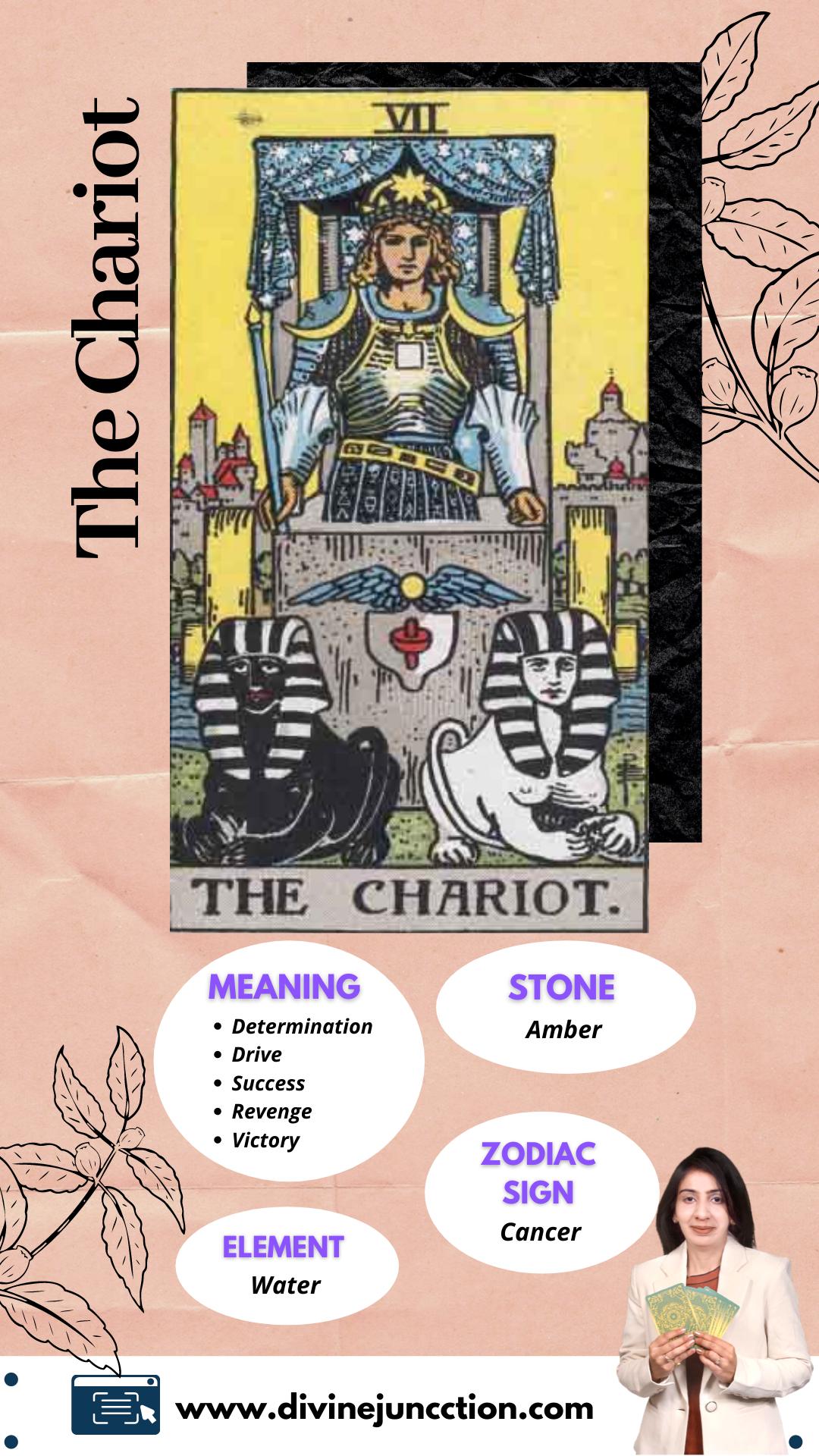
The Seven of Cups cards are a symbol of temptation and the need make a decision. However, the Seven of Cups card can also be a sign of reluctance to make impulsive decisions. You might feel the grass is greener when you look at the Seven of Cups. This can make you feel indecisive or unsure about what to do.
Tarot Seven of Cups
If the Seven of Cups is appearing in your Tarot Reading, it indicates that you are open and willing to meet someone new. This card shows your confidence and belief in your future plans. It is time to take calculated risks and follow your dreams.

Meaning
The Seven of Cups could represent many emotions. It can signal indecision and confusion, as well as a lack for direction or too many options. This can also mean that you aren't sure what to do with a person. It can also be a sign of fantasies or a crush.
Interpretation
The Seven of Cups in love tarot readings can suggest indecision. This person is not certain what they want, and should consider their options. This card can also be indicative of a relationship that is headed for a breakup. The person feels like the grass is always greener on the other side.
Indecisiveness
The Seven of Cups can be an important card in Tarot. It can also be used to indicate indecision. This card may indicate that a person feels tempted or compelled to make a bad decision. They may feel like the grass is greener on the other side, or they may be feeling indecisive about a relationship. This could be a sign that it is time to have an honest conversation with your partner.

Relationships
The Seven of Cups can be used to indicate second thoughts in a romantic relationship. They may believe that there is more to life than what they have. This can be a sign that you need to have a difficult conversation with them about your current situation.
FAQ
What hobbies are popular right now?
Popularity is not always a positive thing. It is often used to excuse mediocrity. Most people don’t have the time to pursue any hobbies they desire. They're too busy working to make ends met. What can you do if your time is limited? You could start a business.
However, this isn't easy. It takes a lot of work to make your dream a reality.
If you are looking for something more than running a business you might consider starting a hobby.
Hobbies can be more than just creative pursuits. There are many hobbies. Here are some examples:
-
Gardening
-
Cooking
-
Photography
-
Reading
Why do we need hobbies?
Hobbies are an important part of our lives because they give us time to relax, unwind, think creatively, exercise, socialize and enjoy ourselves. You can also learn new skills and develop lifelong interests.
Hobbies can help us find meaning and purpose.
They are often a great way to spend free time when you don't have much else going on.
They are also very entertaining!
If you don't find time for hobbies, it's likely that you don't have enough time for any other activities.
Take a look at the many options that are available to you. If you don't have a hobby yet, then maybe you should start one today!
What are some hobbies that seniors might enjoy?
Senior citizens should find activities they love to do. Senior citizens should be active and participate in other activities.
They may wish to join clubs, where they can find others who have similar interests. As they age, this will help them feel less alone.
Seniors must also be on the cutting edge of new trends. They could be interested in fashion, art, music and literature.
What is a collection hobby?
The most loved collections include books, movies and music.
You can also find stamps, coins, cars and dolls as well model kits and figurines.
I think you get it.
Statistics
- I am 100% biologically a woman (discover.hubpages.com)
- A new survey by Pew Research Center of teens ages 13 to 17 finds that 36% of girls feel tense or nervous about their day every day; 23% of boys say the same. (pewresearch.org)
- Almost 80% of people claim to have no hobby. (hobbylark.com)
- This 100% accurate personality-analyzing hobby quiz discovers your passion based on your characteristics. (quizexpo.com)
- Much of this decline reflects the fact that teens are less likely to work today than in the past; among employed teens, the amount of time spent working is not much different now than it was around 2005. (pewresearch.org)
External Links
How To
How to Start Gardening
Gardening is one the oldest forms. It takes patience, persistence, determination, and perseverance. First, choose a place where you would like to grow food. You could choose to plant food on a large parcel of land, or in your own backyard. Next, you will need to decide which type of plants are best for you. Are you more fond of flowers or vegetables? Some people enjoy growing herbs while others love raising livestock such as rabbits. Before you decide which crops you will plant, consider the amount of space you have. You might consider growing berries or fruits if you live in a cold climate.
Once you have made your choice, it is time to prepare the soil. How your plants perform is dependent on how well the soil you use. A good soil has organic matter which helps to feed the roots of your plants. Organic matter includes leaves, twigs (grass clippings), manure, compost, and manure. Once your soil is prepared, it's time to add nutrients. The type of plant you intend to grow will dictate the amount of nutrients you need. To determine these values, you can use a fertilizer calculator online. Many fertilizers are on offer, so make sure that you know which one you are buying.
After preparing your soil and adding the proper nutrients, you now need to wait until your seeds germinate. This can take anywhere from two weeks to three months depending on where you live and how warm it is. Once your seeds are sprouted, you must water them regularly. Too much or too little water can cause problems. Ensure you give your plants enough water at regular intervals and avoid overwatering. Overwatering could lead to root rot as well as fungal diseases. Consider that plants generally need less water in the warmer months than they do in winter. Also, remember that certain plants need to dry out after watered. Tomatoes, for example, need to be kept moist but not too wet. They won't tolerate soggy soil. After the plants have finished flowering they must go dormant. Dormancy occurs when plants stop producing any new growth and start to store energy for the next harvest. Dormancy occurs when the plant stops sending signals that tell its roots to produce food. Throughout this time, plants can store energy. The plant will eventually die if it is not given enough sunlight or temperatures below freezing.
Living in urban areas may restrict the types of plants you can plant. Concrete sidewalks, roads or parking lots can block sunlight from reaching urban areas. Concrete absorbs light, preventing the soil underneath from getting adequate sun exposure. Many plants can't survive in urban environments due to lack of sunlight. However, many plants can still thrive in urban environments. Many trees, shrubs and perennials can thrive in urban environments. Many annuals can also grow indoors in pots. You can bring greenery inside your home all year round, regardless of the weather.
You're now ready to plant after you have chosen where and what to grow in your garden.